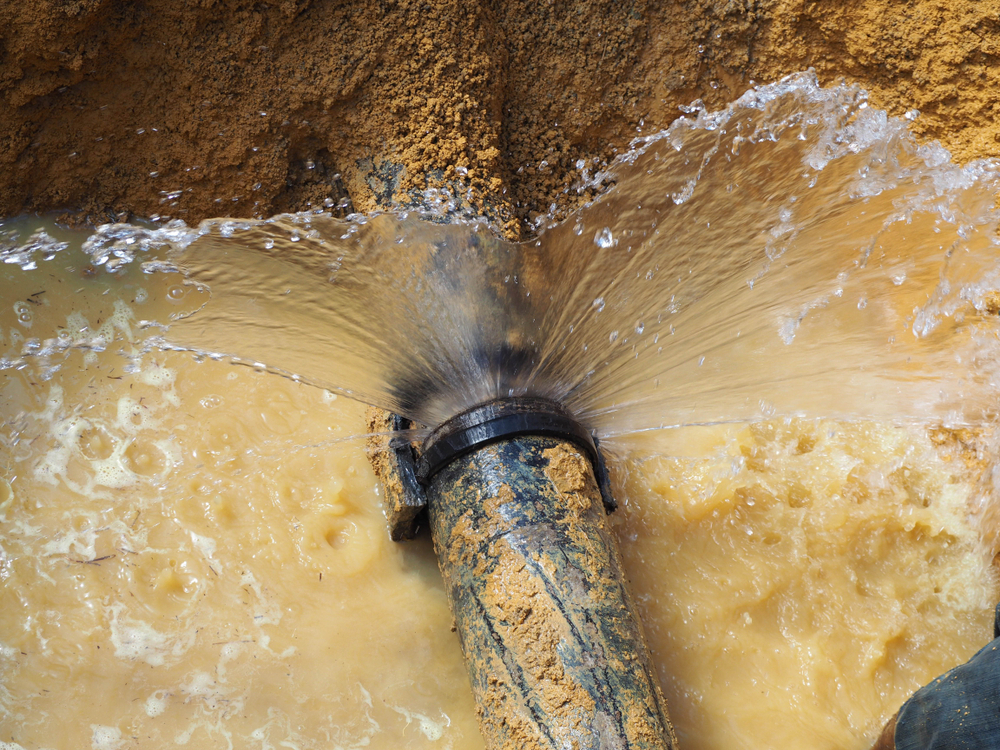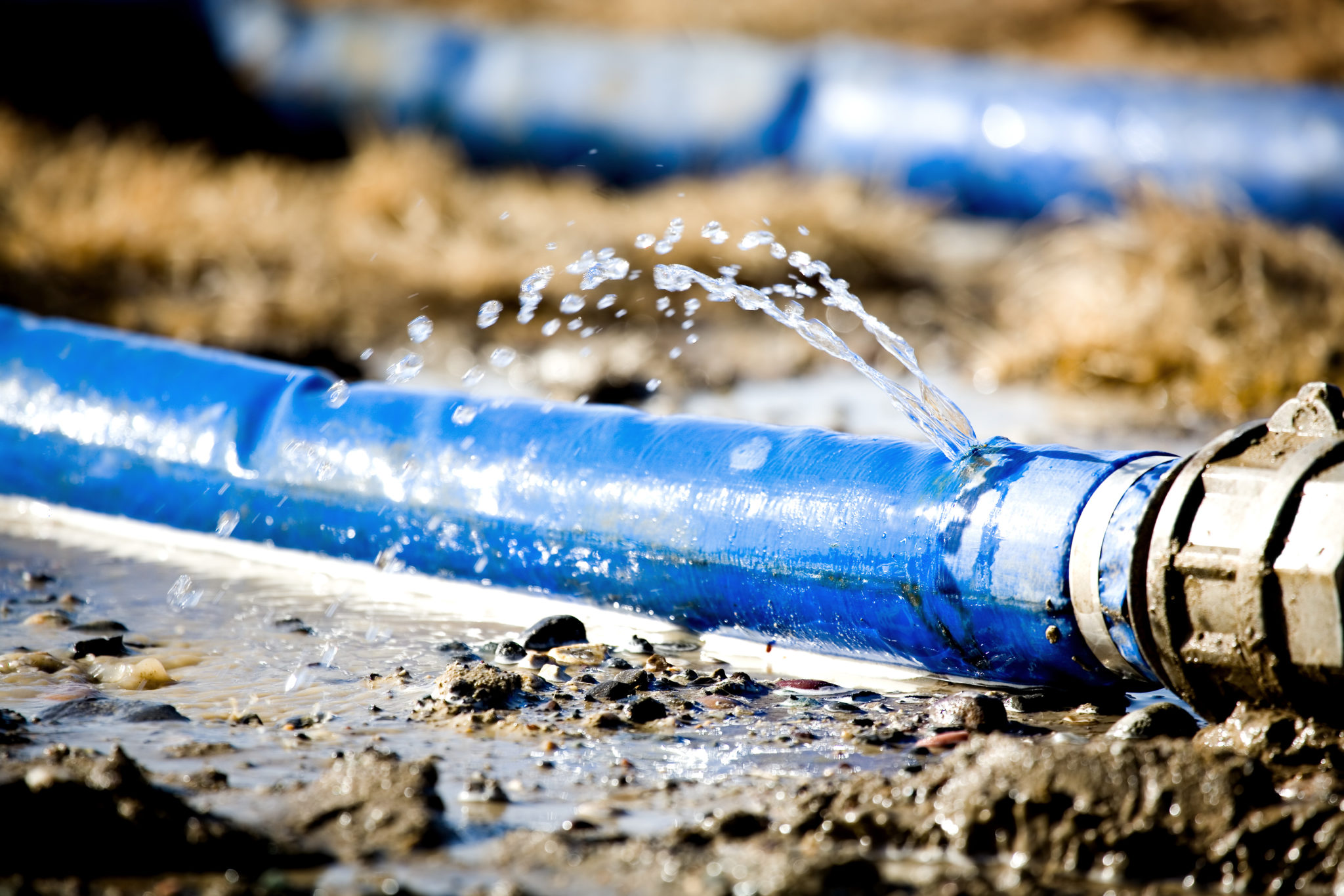The content listed below involving Quick Tips To Help Deal With Water Damage is relatively remarkable. Try it and draw your own ideas.

What should you do if a pipes bursts in your house, developing a mini-waterfall as well as swamping an area of your house? In this circumstance, you must act quick. The longer you wait, the extra serious the water damage in your residential or commercial property. When an emergency like this takes place, presence of mind is crucial. For these reasons, you require to learn what to in case of a ruptured pipes. Due to the fact that time is of the significance, check out the complying with ideas below to aid you act quick.
Shut down the Main Waterline Shutoff
The first thing you have to do is shut the shut-off valve. Search for the local shut-off valve to turn-off water in one certain location just. You have to turn-off the major waterline valve if you don't know where the local shut-off valve to the component is. This will remove the water in your entire residence. Generally, the primary shutoff is found outside the residence next to the water meter. If it's not there, you can likewise find it in the cellar at an eye-level or maybe in the first flooring on the ground. Generally, contractors but the shut-off shutoff in the main ground degree shower room or ideal beside it.
Call Water Damage Repair Pros for Aid
After closing the water resource, call the pros for assistance. With their professional assistance, you can mitigate worsening since water can seep via your points resulting in distorted walls, loose tiles, or damages structure.
Document the Damage For Insurance coverage
As you are waiting for the pros to arrive, document the damage triggered by the errant pipe. Take photos and videos of every little thing. Do closeup shots of valuables. These points will serve as proof for your homeowner's insurance. Staying positive with this enables you to file a claim for coverage, which will assist you and also your family come back on your feet.
Recover Things That Can Be Conserved
Peruse the products and also take out the most vital ones from the pile once you're done taking pictures. Dry them off and try to maintain as long as you can. Drag them away from dampness so they can begin to dry.
Beginning the Drying Process
Luckily, water from your waterlines are clean so you don't have to stress about drain water. The streaming water may have disturbed the dirt and debris in your carpetings and floorboards. Be prepared with gloves as you utilize containers to discard out the water.
Experts are the only ones certified to deal with the burs pipes and also subsequent damages. You will typically see red flags like bubbling paint, odd sounds in the plumbing, stuffy odor, caving ceiling, peeling wallpaper, or water discolorations.
What should you do if a water pipe ruptureds in your home, creating a mini-waterfall and flooding a location of your home? For these reasons, you need to discover what to in instance of a burst water pipeline. After closing the water source, call the pros for aid. With their expert aid, you can reduce exacerbation due to the fact that water can leak via your points resulting in warped baseboards, loose floor tiles, or damages framework. Luckily, water from your waterlines are clean so you don't have to worry regarding sewage system water.
How to Handle a Burst Pipe and Minimize Damage
Steps to Take Ahead of Time
If you own property in an area that experiences cold weather, you need to be aware of seasonal maintenance tasks that will help you protect your property as the weather changes each year. One of the most important steps is to winterize your pipes to ensure they won't freeze or burst when the temperature drops. This includes action items like insulating any exposed pipes, detaching garden hoses and covering outdoor faucets. If the weather gets cold enough, you may even consider leaving a faucet dripping or opening cabinet doors during the coldest parts of the day.
No matter how prepared you might be, accidents and emergencies still happen. You'd be wise to set up a savings account specifically for your property so you have a "rainy day" fund set aside for unexpected expenses. All homes regardless of age, location or condition will inevitably need some form of emergency repair.
Steps to Take for Frozen Pipes
A frozen pipe will not necessarily burst, so if you can catch a frozen pipe early on, you could save yourself a major headache. When your area experiences frigid temperatures, be sure to check your plumbing and keep an eye out for warning signs like faucets only releasing small amounts of water or toilets not refilling when flushed. If you do run into one of these issues, you're likely dealing with a frozen pipe.
If this happens, your first step should be to cut off the water supply to that section of the plumbing. Expanding and freezing water can quickly cause damage. Even if the water supply is shut off, you will likely still deal with some leaking from the water that defrosts after the pipe has thawed. Be prepared with a mop, bucket and/or towels to quickly soak up any excess water.
In order to thaw a frozen pipe, you can use a space heater, infrared or incandescent heat lamp, or even a hairdryer to warm up the frozen area. Heat tape is also an option and should be used according to manufacturer instructions. Do not use any sort of open flame to thaw frozen pipes, as it poses a major fire hazard and can damage your pipes further.
Steps to Take for a Burst Pipe
Water damage claims are the second most common insurance claim in the U.S. When you're dealing with a frozen pipe, the water continues to expand as it freezes, which creates pressure that can cause a pipe to burst. When this happens, the crack or leak in the pipe allows water flow from the pipe to enter your home where it shouldn't. If a pipe does burst, you need to act quickly to mitigate property damage and repair cost.
Your very first step should be to shut off your main water supply to minimize flooding typically the most expensive damage to address. Once you've shut off the water supply, make sure you identify the entire area that has been impacted by the leak. Remove as much water as possible as quickly as possible using a mop, sponges, towels or a shop vacuum or wet/dry vacuum. To prevent long-term damage due to moisture build-up, run a dehumidifier or fan in the affected area. Contact a licensed plumber to ensure the pipe is correctly repaired before running any water to that section of the home again. Burst pipes and the associated water damage are something you absolutely want to avoid as a property owner. If you've had to learn your lesson the hard way, don't let yourself get caught in a similar situation during the next spell of cold weather. The best way to deal with frozen or burst pipes is to prevent them in the first place proactive winter maintenance will save you time, money and a whole lot of stress.

I stumbled upon that piece on Water Damage Restoration Do s And Don t when doing research the search engines. Sharing is good. Helping people is fun. Thank you for your time. Please check up our blog back soon.
Drips? Dial fast!